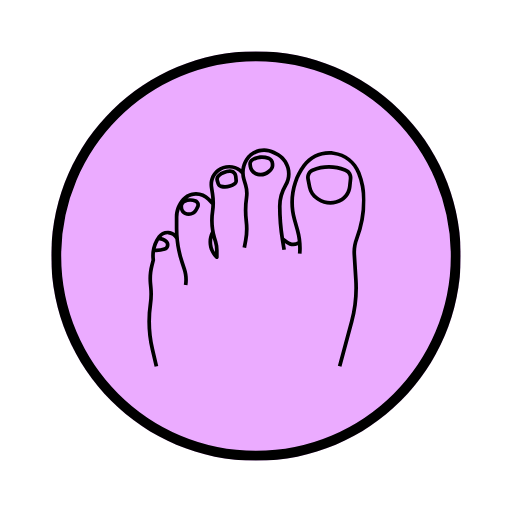In the fast-paced world of startups, the concept of a Minimum Viable Product (MVP) is a beacon of efficiency and pragmatism. An MVP, at its core, is about testing, learning, and iterating with the least amount of effort. My journey in developing MVP's has been enlightening, filled with both triumphs and setbacks. Here, I share the invaluable lessons I have learned during this rapid validation process.
Understanding the MVP Concept
What is an MVP?
An MVP is the most basic version of a product that can be released to early adopters. The goal is to build fast, collect as many opinions and impressions of the product as possible, to learn the most about customers with the least effort.
Key Components:
- Functionality: Only essential features that solve the core problem.
- Feedback Loop: Mechanisms to gather user feedback efficiently.
- Adaptability: Ability to pivot or make changes based on feedback.
The Planning Phase: Setting the Right Goals
Identifying the Problem
- What customer pain point am I addressing?
- Is this a real problem or just a perceived one?
Setting Objectives
- Define what success looks like.
- Establish clear, measurable goals.
Market Research
- Understand your target audience.
- Analyse competitors and market trends.
Building the MVP: Focus on Core Features
Prioritising Features
- List all of the desired features holistically.
- Identify and implement only the most essential ones.
Design and Development
- Keep the design simple and user-friendly.
- Opt for rapid development tools and methodologies.
- At this stage, it doesn't need to look super pretty!
Launching and Learning: The Feedback Loop
User Testing
- Who are my early adopters?
- Utilise beta testers from your target audience - Leverage their advice.
Collecting Feedback
- Use surveys, interviews, and analytics tools.
- The process of capturing feedback should be as frictionless as possible for your users.
- Pay attention to both what users say and what they do.
Iterating Based on Feedback
- Don't be afraid to pivot if necessary.
- Make incremental changes and continuously test.
Key Takeaways: Embracing Flexibility and Learning
-
Start Small, Think Big: Don't get bogged down with perfection. Launch quickly, then refine.
-
User Feedback is Gold: Listen to your users. Their insights are crucial for improvement.
-
Flexibility is Crucial: Be prepared to pivot. Adaptability is key in the startup world.
-
Data-Driven Decisions: Let user data guide your decisions, not assumptions.
- Iterate, Iterate, Iterate: Continuous improvement is the heart of the MVP approach.
Conclusion: The Endless Journey of Improvement
My MVP experiments are more than just a product launch; each iteration is often brough about by a profound learning experience. It's taught me the importance of customer-centric thinking, the value of simplicity, and the art of swift adaptation.
This journey doesn't end with the MVP; it's an ongoing process of learning and evolving. Embrace this path, and you'll find that each step, each iteration, brings you closer to a product that truly resonates with your audience.

